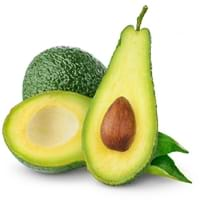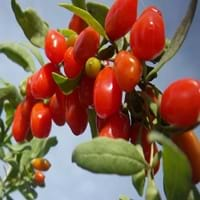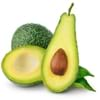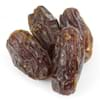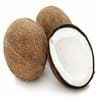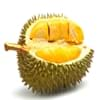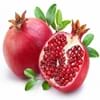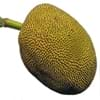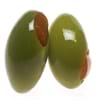Health Benefits
Cancer prevention, Natural detoxification, Osteoporosis prevention, Protection from chronic disease
Anti-oxidant properties, Eye care, Helps in cartilage regeneration, Regulates Blood Sugar, Treatment of osteoarthritis
General Benefits
Boosts immune system, Controls blood pressure, Digestive aid, Improves eye vision, Maintains healthy cholesterol level
Boosts immune system, Digestive aid
Skin Benefits
Brightens and lightens complexion, Reduces wrinkles, Skin cleansing, Treatment of dark spots
Anti-aging benefits, Reduces wrinkles, Treatment of skin diseases
Hair Benefits
Acts as moisturizer, Good conditioner, Protects hair, Regulates hair growth, Rejuvenates scalp, Remedy for split ends, Shiny hair, Softening mask
Protects hair, Regulates hair growth
Allergy Symptoms
Abdominal pains, Anaphylaxis, Inflammation, Itching, Latex Allergy, Nasal congestion, Skin Rashes, Swallowing difficulties, Swelling, Upset stomach, Vomiting, Wheezing
Anaphylaxis, Itching, Sneezing, Wheezing
Side Effects
Allergic reaction, Hypersensitivity, Weight gain
May interact with some drugs
Best Time to Eat
Along with meal, As a snack in the late afternoon, Don't consume at night and before bed, Don't eat after meal
Any time except an hour after meal, Don't consume at night and before bed
Vitamin B5 (Pantothenic Acid)
Vitamin C (Ascorbic Acid)
Vitamin K (Phyllochinone)
Calories in Fresh Fruit with Peel
Calories in Fresh Fruit without Peel
Not Available
Not Available
Calories in Canned Form
Not Available
Not Available
Type
Berry, Tree fruit, Tropical
Berry
Varieties
Bacon, Fuerte, Gwen, Hass, Lamb Hass, Pinkerton, Reed and Zutano
No Types
Color
Dark green
Scarlet red
Inside Color
White
Orange
Taste
Buttery
Slightly bitter, Tart
Origin
Mexico, Central America
Unknown
Soil Type
Decomposed Granite, Limestone, Sandy loam, Well-aerated
Well-drained
Climatic Conditions
Humid, Without frosts
Cold, Hot
Facts about
- The oldest living avocado tree is found in University of California and was planted in 1879.
- Avocados can be swapped for butter in Baked Goods Recipes.
- Avocado ripens more quickly with a banana or an apple around.
- Study says a man named Li Qing Yuen used to eat goji berries daily and lived for 252 years.
- They are also known as wolfberries in India & China.
- This fruit is used for spiritual purposes at many places.
Top Producer
Mexico
China
Other Countries
Chile, China, Colombia, Dominican Republic, Indonesia, Kenya, Mexico, Peru, Rwanda, United States of America
Canada, France, India, United States of America
Top Importer
United States of America
United States of America
Top Exporter
Mexico
China
Botanical Name
Persea Americana
Lycium barbarum
Synonym
Persea Gratissima
Wolfberry
Subkingdom
Tracheobionta
Tracheobionta
Division
Magnoliophyta
Unknown
Class
Magnoliopsida
Unknown
Subclass
Magnollidae
Asteridae
Family
Lauraceae
Solanaceae
Species
P. Americana
L. barbarum
Generic Group
Laurel
Not Available
Difference Between Avocado and Gojiberry
We might think that Avocado and Gojiberry are similar with respect to nutritional value and health benefits. But the nutrient content of both fruits is different. Avocado and Gojiberry Facts such as their taste, shape, color, and size are also distinct. The difference between Avocado and Gojiberry is explained here.
The amount of calories in 100 gm of fresh Avocado and Gojiberry with peel is 160.00 kcal and 32.00 kcal and the amount of calories without peel is Not Available and Not Available respectively. Thus, Avocado and Gojiberry belong to High Calorie Fruits and Low Calorie Fruits category.These fruits might or might not differ with respect to their scientific classification. The order of Avocado and Gojiberry is Laurales and Solanales respectively. Avocado belongs to Lauraceae family and Gojiberry belongs to Solanaceae family. Avocado belongs to Persea genus of P. Americana species and Gojiberry belongs to Lycium genus of L. barbarum species. Beings plants, both fruits belong to Plantae Kingdom.
